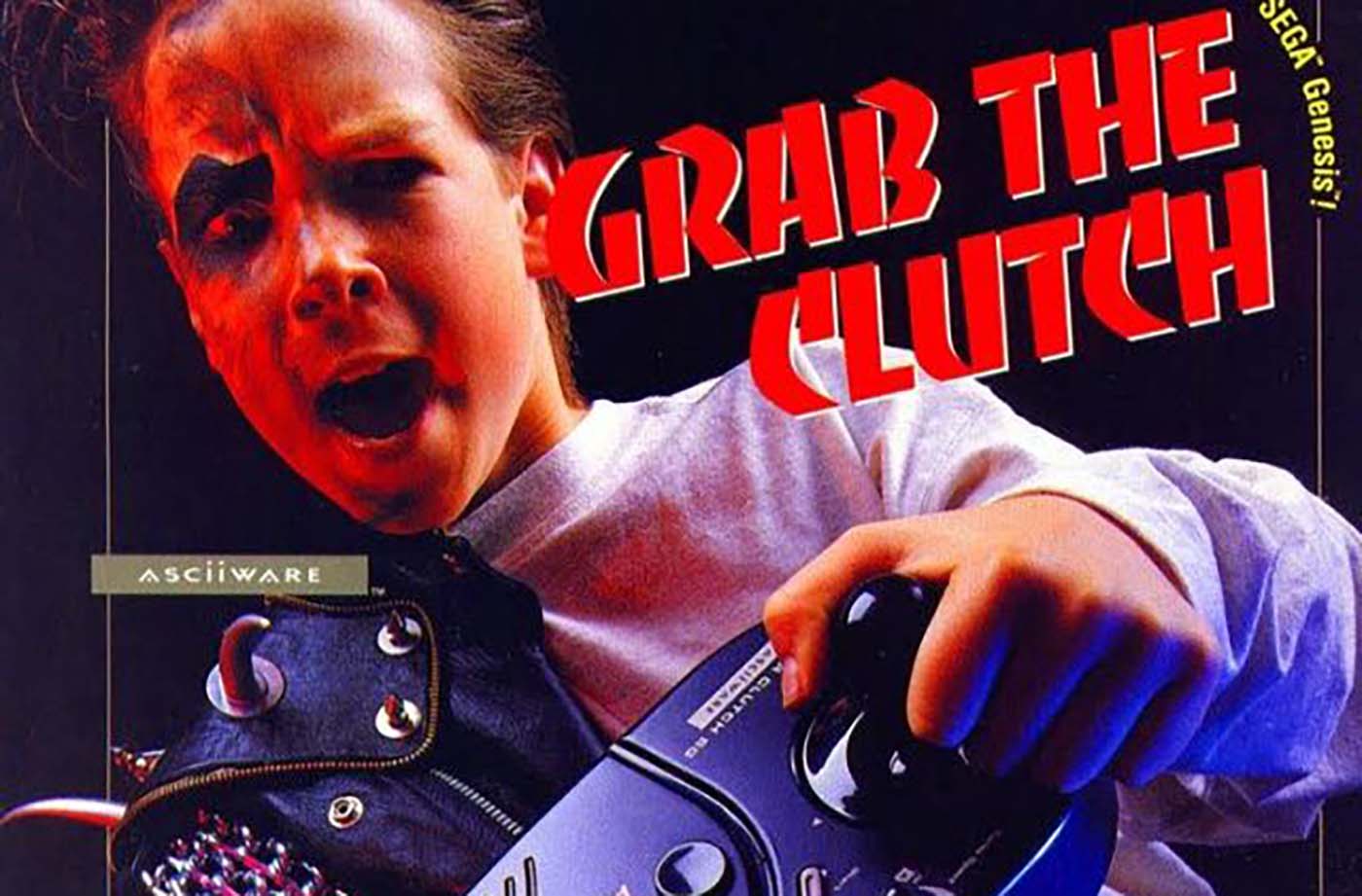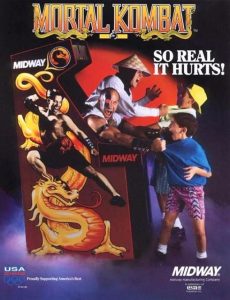Unique vintage video game ads from the 1980s and 1990s

This expanded collection of photographs depicts memorable old ads that ran in gaming magazines in the 1980s and 1990s, showing how radically different video game advertising was 40 years ago.
It was a time when people got their gaming news from magazines that they borrowed from each other. Looking at these ads, it’s clear that many advertisers didn’t really understand how to influence gamers, especially as the video game market began to mature. The constant subtext that all video game players were immature teenage boys was evident from the strange commercials. The 1980s began in the midst of a boom in the arcade business, with giants like Atari still dominating the market from the late 1970s onwards.
Nintendo filled the void of game consoles with its Nintendo Entertainment System (NES) and revived interest in consoles. Until then, most investors believed that video games were a fad that had passed. In the remaining years of the decade, Sega started a console war with Nintendo, developers who were affected by the crash experimented with more advanced PC graphics, and Nintendo released the Game Boy, which became the best-selling handheld gaming device for the next two decades.
By the early 1980s, arcade games were a vibrant industry. In the U.S. alone, the arcade video game industry generated annual revenues of $5 billion in 1981, and the number of arcades doubled between 1980 and 1982. The influence of video games on society extended to other media such as major motion pictures and music. In 1982, the song “Pac-Man Fever” topped the Billboard Hot 100 and the game Tron became a cult classic. After disputes over recognition and royalties, several key Atari programmers parted ways in late 1979 to form their own company, Activision.
Activision was the first independent developer for the Atari 2600. In 1980, Atari sued Activision for copyright infringement and theft of trade secrets, but the two sides agreed to fixed royalty rates and to legalize the process of developing games on third-party hardware. The market was also flooded with too many consoles and too many low-quality games, contributing to the collapse of the entire video game industry in 1983.
In 1983, the video game bubble created during the golden age burst and several major computer and console companies went out of business. Atari reported a loss of $536 million in 1983. Some entertainment experts and investors lost confidence in the medium, believing it to be a passing fad.
Some computer companies have adopted aggressive advertising strategies to compete with game consoles and promote their educational appeal to parents. Home computers have also allowed motivated users to develop their own games, and many notable titles have been created in this way, such as Jordan Mechner’s Karateka, which he wrote on an Apple II computer while studying. In the late 1980s, IBM PC compatible computers became popular as gaming devices, which had more memory and higher resolution than consoles, but lacked the custom hardware that allowed slower console systems to produce smooth visual effects.
By 1985, consoles for the home market in North America had been idle for almost two years. Elsewhere, video games continued to be a mainstay of innovation and development. After seeing impressive numbers for its Famicom system in Japan, Nintendo decided to enter the North American market with the release of the Nintendo Entertainment System, or NES for short. After its launch, the system took several years to catch on, but despite the pessimism of critics, it became a success. Nintendo was instrumental in reviving the home console market. One of the innovations that led to Nintendo’s success was the ability to tell stories on an inexpensive home console; something that was more common in home computer games, but only appeared to a limited extent on consoles. Nintendo also took measures to prevent another crash by requiring third-party developers to comply with regulations and standards that have since existed for major consoles. One of the requirements was a “lock and key” system to prevent reverse engineering. It also forced third parties to pay for their cartridges in full before release, so that in the event of a flop, the responsibility would be on the developer and not the supplier.





Source, photo: rarehistoricalphotos.com
Author of this article
WAS THIS ARTICLE HELPFUL?
Support us to keep up the good work and to provide you even better content. Your donations will be used to help students get access to quality content for free and pay our contributors’ salaries, who work hard to create this website content! Thank you for all your support!



OR CONTINUE READING